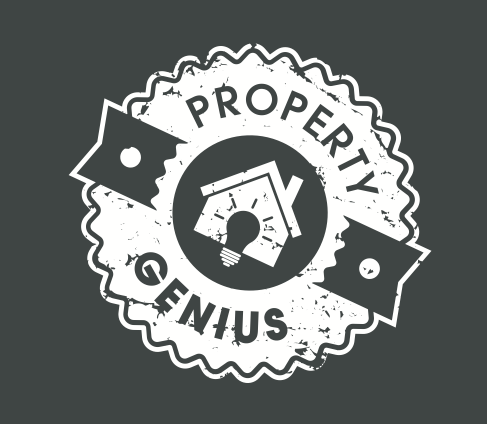Low Boiler Pressure
Low boiler pressure is a common issue that can lead to inefficient heating and, in some cases, may even cause your boiler to shut down. Understanding the causes and knowing how to resolve them can save you both time and money.
Causes of Low Boiler Pressure
Leaks: Any leak in the heating system can lead to a drop in pressure.
Radiators Bleeding: When you bleed radiators, you release air, which can cause a drop in the boiler pressure.
Recent Repairs: After any repair work on your heating system, you may find that the pressure has dropped.
Valve Issues: A faulty valve can lead to pressure problems.
How to Top Off a Typical Boiler
Locate the Filling Loop: This is usually a silver or grey flexible hose with small valves at each end, and it's typically found underneath your boiler.
Check Pressure Gauge: Before you begin, check the boiler's pressure gauge to see how low the pressure is. The normal pressure range is around 1-1.5 bar when the boiler is not in operation.
Turn Off Boiler: Make sure your boiler is turned off and has cooled down.
Open Valves: Slowly open both valves to allow cold water into the system. You'll hear water filling the system.
Check Pressure: Keep an eye on the pressure gauge. Once it's within the normal range, close both valves.
Restart Boiler: Turn the boiler back on and check if it operates as normal.
Check for Leaks: After you've topped off the boiler, check for any leaks in the system.
By understanding the causes of low boiler pressure and knowing how to resolve them, you can ensure that your heating system operates efficiently throughout the winter months.
